#comfort women
Text
THE "COMFORT" WOMEN OF ASIA: a zine 🦋
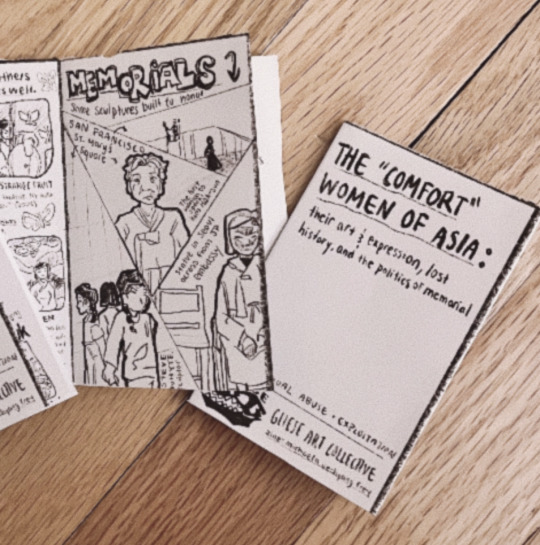
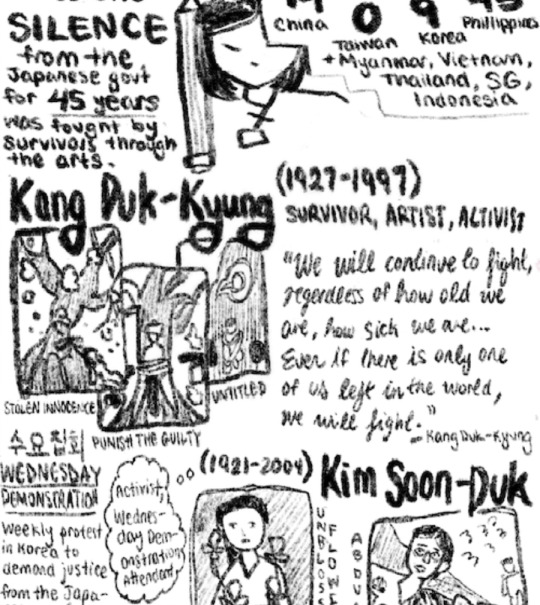
Hi everyone, we made a zine about an ongoing fight for the rights of "comfort" women from Korea, China, Taiwan, and the Philippines, who were enslaved by the Japanese military. We explored their art, stories, and worldwide memorials.
HERE is the printable, HERE is the online booklet. Transcription will be available soon!
#zine#zines#comfort women#anti imperialism#japanese imperialism#art history#student organization#gliese art collective#art#korea
145 notes
·
View notes
Text
85 notes
·
View notes
Text
The sick audacity to call them comfort women. They might have been “comforting” to you. All you were to them were their rapists and slavers. They didn’t know a shred of comfort in their lives. Many of them weren’t even women, they were little girls.
671 notes
·
View notes
Text
I have complicated feelings about the COD fandom fetishizing “barracks bunny” because of the sexual violence that women in the military face.
LaVena Johnson, Ana Basaldua Ruiz, Vanessa Guillen, countless other unnamed women. All of these soldiers were murdered or “committed suicide” after being raped/sexually assaulted/sexually harassed in the military.
The barracks bunny stereotype is a violently, murderously misogynistic stereotype that gets women killed.
And not just women in the military - wherever troops go, sexual violence, trafficking, and femicide increase.
A Marine at Camp Pendleton abducted a 14 year old Indigenous girl after purchasing her from an unnamed pimp and keeping her in the barracks to rape her! He kept her on that base for 24 hours before she was rescued and last week was charged with sexual assault. Military bases are highly guarded places. How would he have been able to keep a child in the barracks to rape without the knowledge and collusion of his fellow soldiers?
(Read more here)
Indigenous women and girls go missing and are found murdered at astronomically high rates because of racism, colonialism, and systemic abuse of Indigenous women/girls under both of those things.
The objectification and fetishization of Asian women by Western men is the direct result of Western militaries sex trafficking Asian women and girls in Asia before/during/after WW2 and forcing them into prostitution. Once these Asian women had been forced into prostitution, they had no other choice but to keep doing that and as time went on, this created a sex tourism industry in Asia specifically for foreign white men.
(Read more here)
In some cases, Western soldiers even took over the disgusting sex slavery camps the Japanese military enslaved Korean women/girls in during WW2 and kept those women imprisoned to serve the Western soldiers who were there to “liberate” them.
I could write a whole separate post about the sexual violence experienced by women and girls in Afghanistan, Iraq, Syria, and other places in the Middle East at the hands of Western soldiers. That wasn’t very long ago and it’s still going on today! We remember!
(Read more here)
(And you might be like: ofsappho, why do you care? I care because I have immediate family on both sides that survived Japanese occupations during WW2. I care because my family was directly impacted by the US chasing out the Japanese from Manila and what they did after. I care because there is a history of violence/abuse in my family of American soldiers exploiting native Filipina women. Real people, real women are affected by this issue and have been for decades.)
What I want most of all is for people to educate themselves on this. There’s a reason why these issues are hidden, overlooked, covered up, not spoken about, and that’s to enable this systemic abuse and permit it to go on.
If you are still able to stomach writing about barracks bunnies after researching this, then that is your choice and I accept it.
#mmiw#mmiwawareness#comfort women#vanessa guillen#cod#call of duty#lavena johnson#ana basalduariz#sexism#misogyny
43 notes
·
View notes
Photo

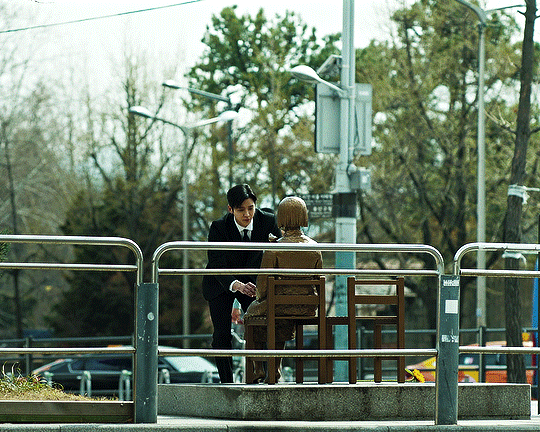




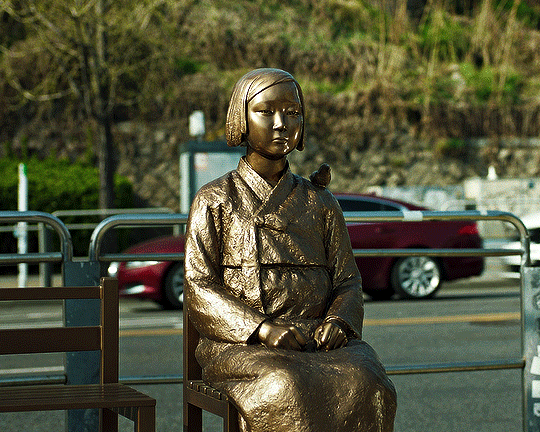
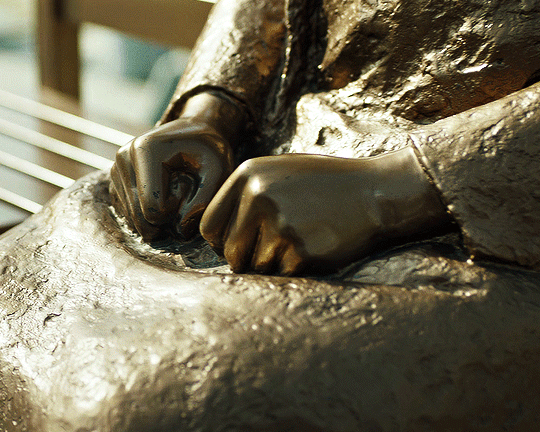
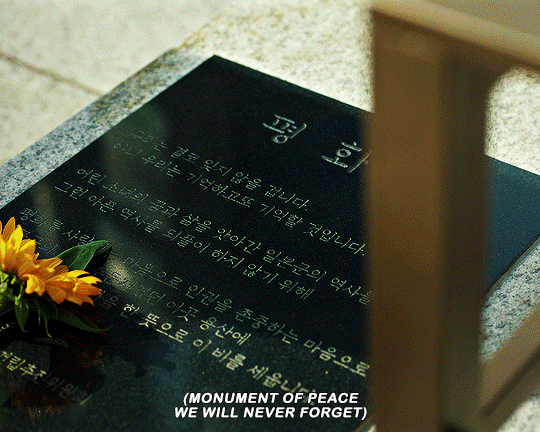
The Statue of Peace┃Monument of Peace (Korean: 평화의 소녀상; Japanese: 平和の少女像), often shortened to Sonyeosang in Korean or Shōjo-zō in Japanese and sometimes called the Comfort Woman Statue, is a symbol of the victims of sexual slavery, known euphemistically as comfort women, by the Japanese military during World War II. The Statue of Peace was first erected in Seoul to urge the Japanese government to apologize to and honor the victims. (x, x, x, x)
TOMORROW 내일 (2022) dir. Kim Tae Yoon
#tomorrowedit#kdramaedit#rowoon#comfort women#tomorrow#userbbelcher#tvedit#netflixedit#chewieblog#dailynetflix#kdrama#cinematv#tvgifs#cinemapix#tvcentric#useroptional#userstream#usersource#*g#+#luni#.rape mention.#.abuse mention.#.violence.
613 notes
·
View notes
Text
I have not read To Gaze Upon Wicked Gods, so I cannot speak about its contents.
I can, however, speak about the utterly vile way people are talking about Molly X. Chang, a Chinese woman.

Can someone explain to me why they think calling a Chinese woman a comfort woman as an insult makes them the morally upright party in this situation?
The way this person, and others who echo this line, is using the term comfort woman as if it means traitor — in particular, a woman who betrays her own people to demean herself for the pleasure of their colonizers — is abhorrent and ahistorical.
Let me set the record straight: A comfort woman is a woman (or a girl, some as young as twelve-years-old) forced or tricked into sexual enslavement by the Imperial Japanese Armed Forces in occupied countries and territories (e.g. China, Korea, Taiwan, Burma, Indonesia, the Philippines), and even Japan itself, before and during World War II.
These women and girls were kept in "comfort stations" where they would be raped, physically abused and tortured by as many as 40 Imperial Japanese soldiers in a single night. Every night. For what reason? As "stress relief" for the soldiers.
In the mornings, they were forced to do backbreaking domestic labor for the Imperial Japanese garrisons, and at night they would be raped, beaten and tortured. They were given little food and kept in unsanitary conditions. Venereal disease was rampant. Many comfort women became infertile because of sexual violence and venereal diseases. Many women became pregnant during their enslavement, and were still not exempted from the nightly rapes. Many women miscarried and were not given medical attention.
I would remind you that the term comfort woman includes girls, some as young as twelve-years-old.
The level of dehumanization was so extreme that they were treated as inventory.
Comfort women are victims of colonial violence.
To this day, the Japanese government denies that the comfort women were sexually enslaved. Thousands of comfort women never received justice or reparations for the physical, psychological and emotional suffering they were subjected to.
The narrative that comfort women were volunteers or professionals, that they were treated well and compensated fairly, that they got rich from it, is historical revisionism peddled by the Japanese right-wing to deny its war crimes. This exact narrative is used to deny the victims of colonial violence justice.
So to see the term comfort woman used as an insult against a Chinese woman (of Manchu and Hui descent, no less) and to pretend it means she's "in love with her ancestors' colonizers and betrays her own people because of it (through her writing)" — an "Imperial Japan dickrider," if we're being crass — is vile and disgusting.
What do these people think they're accomplishing exactly? How are they criticizing an alleged "colonizer romance" novel by parroting the misogynist and racist historical revisionism of a real life former colonial power to demean a woman of color?
#molly x chang#to gaze upon wicked gods#comfort women#were some comfort women volunteers? yes#many were japanese women from the early days of the “system” whose consent were vitiated#in the occupied countries: some women volunteered to spare others#in the philippines: sex workers notably volunteered to spare young girls#all these women are still victims
9 notes
·
View notes
Link
Filipina comfort woman Hilaria Bustamante has passed away at age 97, the group Lila Pilipina has announced.
Bustamante was a member of Lila Pilipina, an organization of Filipino comfort women who suffered sexual abuse at the hands of Japanese soldiers in World War II by being captured and forced into sexual slavery.
Bustamante reportedly died of old age, a representative of Lila Pilipina confirmed.
Her passing has come within weeks after the United Nations released their finding that the Philippines failed to provide compensation for these women who were victims at the hands of the Imperial Japanese Army.
Just days earlier, comfort women group Malaya Lolas (Free Grandmothers) also urged President Ferdinand Marcos Jr. to immediately seek reparations from Japan on their behalf, as “many among us are now dead and the few of us remaining do not have long to live. Some of us are already bedridden because we’ve become old, ill or senile,” its group leader, Maria Quilantang Lalu, said.
The UN’s Committee on the Elimination of Discrimination Against Women coincidentally released its finding on International Women’s Day (March 8), saying that the Philippines has failed to provide reparation, social support, and recognition for comfort women, which has led to “ongoing discrimination against them that continues to this day.”
Bustamante, who was 16 years old when Japanese soldiers captured, enslaved, and repeatedly raped her for over a year, was one of “several plaintiffs who sued the Japanese government in 1993 at a Tokyo District Court.”
Although she received a letter of apology from then-Prime Minister Ryutaro Hashimoto and atonement from the Asian Women’s Fund, she insisted that the Japanese government should offer official compensation to comfort women and issue a formal public apology.
52 notes
·
View notes
Text
Who the hell did japan's PR?
Seriously, the more I learn about Japanese history and street level culture, the more tainted my weeb childhood becomes.
Learnt about comfort women a few days ago and its making me depressed.
11 notes
·
View notes
Text
the holy trinity

directed by greta gerwig
#the holy trinity#greta gerwig#barbie#little women#lady bird#comfort women#comfort movies#girlblogging#gaslight gatekeep girlboss#girl boss gaslight gatekeep#im literally going insane
3 notes
·
View notes
Text
For the past 70 years, Liu Fenghai has had her sleep interrupted countless times by the same nightmare.
"I dreamed about Japanese soldiers with sabers on their backs hunting me like an animal," Lui, from China's Shanghai province, said.
Liu was sexually assaulted when she was just 16 and her limp, lifeless body left for dead in a ravine by Imperial Japanese Army soldiers. She managed to summon what was left of her energy and crawled back home. The ordeal left her bed bound and unable to walk for over a month.
Comfort women were women and girls forced into sexual slavery by the Japanese during World War II. More than 100 were from Shanghai and those still alive today are still waiting for an official apology from Japan.
On June 13, 1943, Hao Yuelian, who was 15 at the time, was raped by two Japanese soldiers in her own home while her parents were out.
Later that same day, beaten, bruised and shaken from her earlier encounter with the soldiers, she was abducted and put to work in a military brothel to provide sexual services to the Japanese Army. She was kept tied up and raped day and night.
"The Japanese government must acknowledge the crime and apologize. I must live and wait for the day to come," Hao said.
Hao was left infertile due to her ordeal. Hers is not an isolated case. "Nearly one-sixth of the comfort women I visited were infertile because of what they were put through," said Zhang Schuangbing, who set out to interview surviving victims.
Those that struggled, or tried to escape, were murdered, while others committed suicide, and some simply tried to forget what had happened and refused to talk about it.
"I spoke to nearly 130 women in Shanghai, but there were more women in the province who had been forced into sex slavery during the war. I did not get the chance to meet them all," Zhang said.
Some 400,000 women in Asia, half of whom were Chinese, were forced to serve as comfort women during World War II, according to Su Zhiliang, director of the comfort women research center at Shanghai Normal University.
On behalf of the women victims in Shanghai, Zhang submitted a letter of complaint to the Japanese government in 1992. The Supreme Court in Japan threw out the lawsuit in 2007. The three groups of comfort women who tried to sue the Japanese government all passed away without receiving an apology or compensation.
#liu fenghai#hao yuelian#zhang schuangbing#su zhiliang#china#comfort women#comfort woman#japan#military#army#war crimes#japanese government#history#chinese history#japanese history
3 notes
·
View notes
Text
Let’s be real about Shinzo Abe
Content taken from: https://twitter.com/nodutdol/status/1545462104374796291
All information is from this Twitter thread put out by Nodutdol (노둣돌), who described themselves as “diasporic Koreans and comrades organizing for a world free of imperialism, and for Korea’s re/unification & national liberation.”

Shinzo Abe, former Japanese prime minister, was assassinated. A powerful figure among Japan’s right-wing, Abe was an apologist for imperial Japan’s war crimes and supported US imperialist efforts in the Asia Pacific.
Abe was a member of fascist group Nippon Kaigi. They claim Imperial Japan’s war crimes were exaggerated or fabricated, and praise Japanese colonialism for “liberating” Asia from the West. In 2014, 15/18 of Abe's cabinet were Nippon Kaigi members.

Abe praised his grandfather, Nobusuke Kishi, who played a leadership role for Imperial Japan. At the end of WWII, Kishi was imprisoned as a suspected Class A war criminal, but the US govt never charged him. Instead, he became Japan’s prime minister.

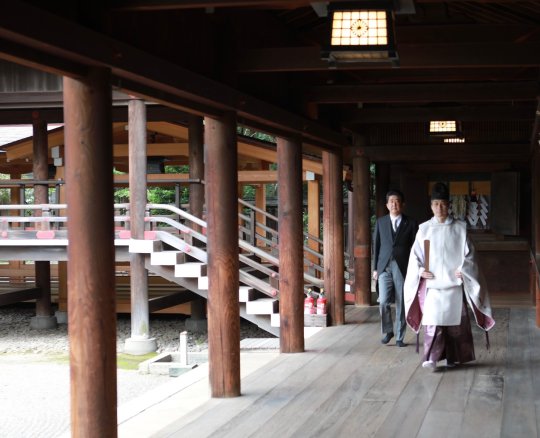

Abe also visited the Yasukuni Shrine on multiple occasions despite opposition from China and Korea. The Yasukuni Shrine enshrines Japan’s war criminals.
Abe refused acknowledgement of Japan's WWII sexual slavery known euphemistically as the “comfort women” system. Abe disavowed and considered repealing the 1993 Kono Statement which acknowledged and apologized to comfort women.
In 2015, Abe and Park Geun-hye settled an agreement to help former “comfort women.” Yet, no victims were consulted and the agreement did not reflect their demands. Abe later reaffirmed his stance that the “comfort women” system was not a war crime.

In Oct 2018, south Korea’s Supreme Court issued the opinion that Japanese corporations that used slave labor from Korea during WWII must pay $89K in reparations to surviving slave laborers.
In response, Abe declared a trade war.
Under Abe, the government revoked subsidies for Joseon schools for Zainichi Koreans in Japan, taking a hard line against Koreans in Japan. Zainichi Koreans experience systemic discrimination and hardship.
Abe also also targeted Okinawa, suffering doubly under Japanese colonialism and US imperialism. In 2019, Abe agreed to relocate a US military base in Okinawa, despite over 70% of its people voting against it in a referendum.
Shinzo Abe upheld US imperialism in Asia, taking a hard line against north Korea and China. He actively contributed to continuing the legacy of Japanese colonialism by erasing of Japan’s war crimes against enslaved Koreans.

Abe’s LDP party is using the assassination to accuse opponents of being traitors and political violence. Japan's elections are in 2 days. The defense budget, constitutional reform, and anti-discrimination measures are all on the line. We must keep a watchful eye on the future.
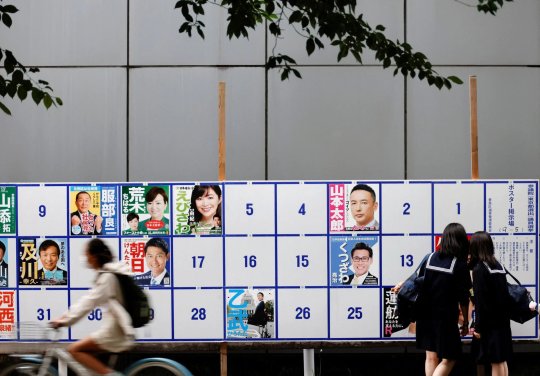
12 notes
·
View notes
Photo
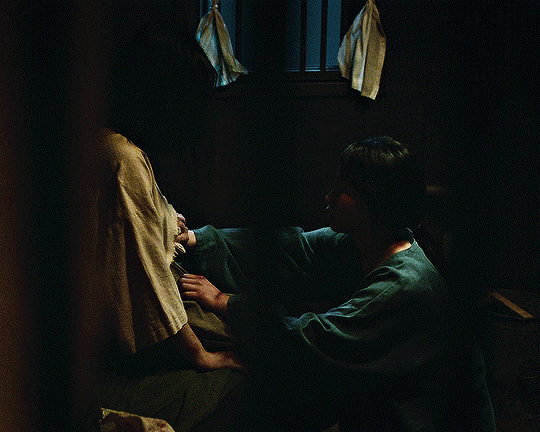




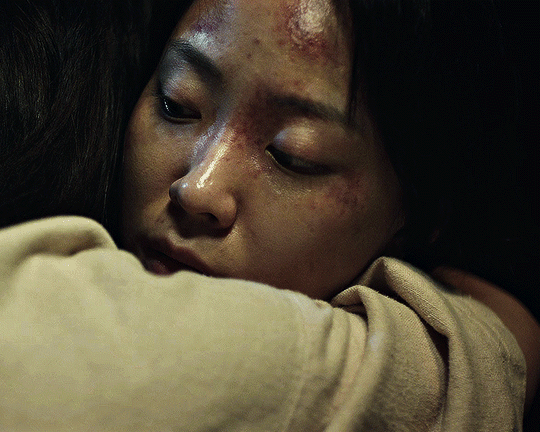

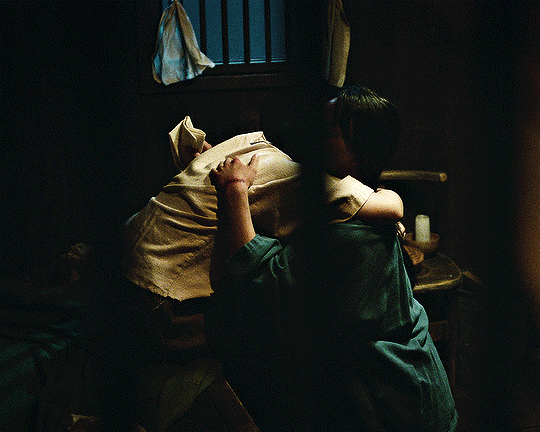
We endured those difficult days. We depended on each other, hoping that come tomorrow, someone might come and rescue us. (x)
TOMORROW 내일 (2022) dir. Kim Tae Yoon
#tomorrowedit#tvedit#userladiesblr#kdramaedit#wonderfulwoc#tomorrow#comfort women#chewieblog#adaptationsdaily#perioddramaedit#userbbelcher#gifshistorical#cinematv#dailynetflix#weloveperioddrama#perioddramagif#netflixedit#cinemapix#tvcentric#kdrama#onlyperioddramas#userperioddrama#*g#+#luni#.abuse mention.
83 notes
·
View notes
Text
Yesterday I went on a fun Wikipedia article journey.
It started with Controversies of Yasukuni Shine, which led me to Hideki Tojo, which lead me to Comfort Women, which lead me to the Rape of Nanking.
There were a few others but those alone gave me PLENTY to read in terms of the history of human suffering (by the hands of other humans).
Check it out if you don't mind being severely upset/disgusted/uncomfortable or just have an interest in human atrocities.
#japanese history#wwii#wwii history#dark japan#horror#wikipedia#history#dark history#japan#yasukuni shrine#hideki tojo#comfort women#human trafficking#wartime rape yall#rape of nanking
2 notes
·
View notes
Text
"Statue of Peace" (Statue of a Girl) in Southfield, Michigan, USA
The Statue of Peace titled “Sonyeosang” (소녀상) resides outside of the Japanese Embassy in Seoul, South Korea. The statue has many purposes in its creation, primarily that of remembrance and contemplation of the many girls forced into sexual slavery as "comfort women" to Japanese soldiers during World War II. The statue depicts a young Korean girl dressed in hanbok (a traditional Korean dress) sitting in a chair, with an empty chair beside her. The original statue was placed in Seoul, South Korea in front of the Japanese embassy building, as there has yet to be a satisfactory resolution to the issues surrounding the "comfort system" of military sexual slavery that the Japanese government created during their occupation of Korea.
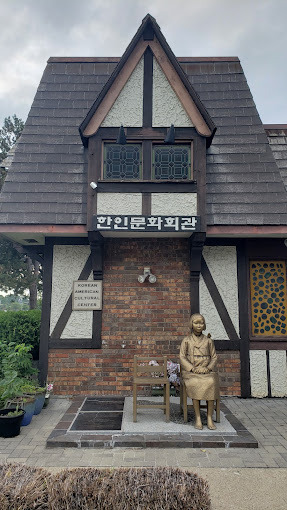
Above is a photo taken of a replica of the Statue of Peace located in Southfield, Michigan outside of the Korean American Cultural Center. This was the second ever replica (unveiled in 2014) to be raised outside of South Korea, the first being in Glendale, California (2013). There are currently more than 250 memorial statues around the world. Here is a link to a news report covering the statue's unveiling in Michigan.
2 notes
·
View notes
